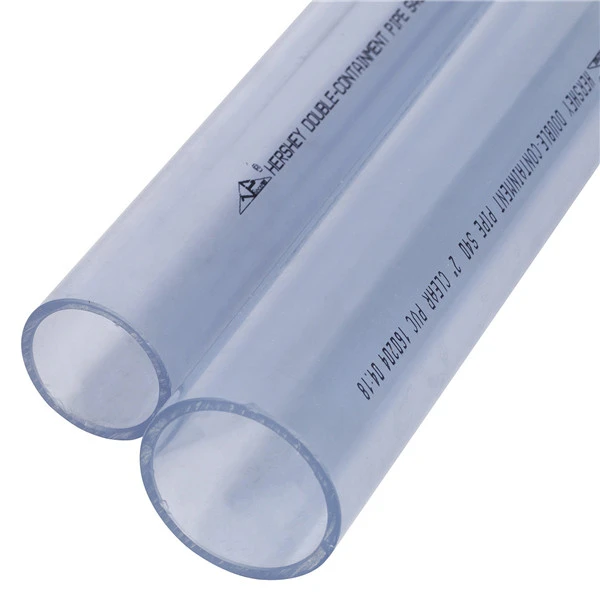Sep . 14, 2024 21:11 Back to list
ppr hot water pipe
The Benefits and Applications of PPR Hot Water Pipes
PPR (Polypropylene Random Copolymer) hot water pipes are becoming increasingly popular in plumbing and heating applications due to their numerous advantages over traditional materials. These pipes are made from a type of thermoplastic polymer, which makes them an excellent choice for both residential and commercial hot water systems.
The Benefits and Applications of PPR Hot Water Pipes
Another significant advantage of PPR pipes is their resistance to corrosion and scaling. Unlike metal pipes that can corrode over time, PPR pipes are chemically inert, meaning they won’t react with the substances they transport. This characteristic not only enhances their longevity but also improves the quality of water, ensuring that it remains clean and safe for use. Additionally, the smooth internal surface of PPR pipes reduces friction, which helps in maintaining a consistent flow of water while minimizing energy consumption.
ppr hot water pipe

PPR hot water pipes are also lightweight and easy to install. Their low weight makes transportation and handling much simpler, reducing labor costs during installation. Furthermore, they can be easily connected using heat fusion techniques, which create a seamless and leak-proof joint. This method of joining pipes minimizes the risk of leaks and failures, ensuring a reliable and efficient plumbing system.
In terms of insulation, PPR pipes perform exceptionally well. They have a lower thermal conductivity compared to metal pipes, which means they retain heat better and reduce heat loss. This quality can lead to improved energy efficiency in heating systems, ultimately saving money on energy bills.
From an environmental perspective, PPR pipes contribute to sustainability. They are recyclable, reducing waste in landfills. Their long lifespan also means that fewer resources are consumed in manufacturing new pipes, thus lowering the overall environmental impact.
In conclusion, PPR hot water pipes are a superior choice for modern plumbing and heating systems. With their high resistance to heat and pressure, corrosion resistance, ease of installation, and environmental benefits, they present an excellent alternative to traditional materials. As technology continues to advance, the use of PPR pipes is likely to grow, making them a key component in improving the efficiency and sustainability of water distribution systems. Whether for residential or commercial use, PPR hot water pipes offer a combination of reliability and performance that is hard to beat.
-
PP U-channel: Chemical-Resistant, Lightweight & Durable
NewsAug.10,2025
-
Transparent PVC Pipe: Clear Flexible Tubing for Fluids
NewsAug.09,2025
-
Durable PP Rigid Sheet: Versatile & High-Quality Plastic Panels
NewsAug.08,2025
-
Premium Glossy PP Rigid Sheet – Durable & Versatile
NewsAug.07,2025
-
High-Quality HDPE Sheet | Durable Plastic Panels
NewsAug.06,2025
-
High-Precision PVC Rigid Sheets for Vacuum Forming | AI-Optimized
NewsAug.05,2025

